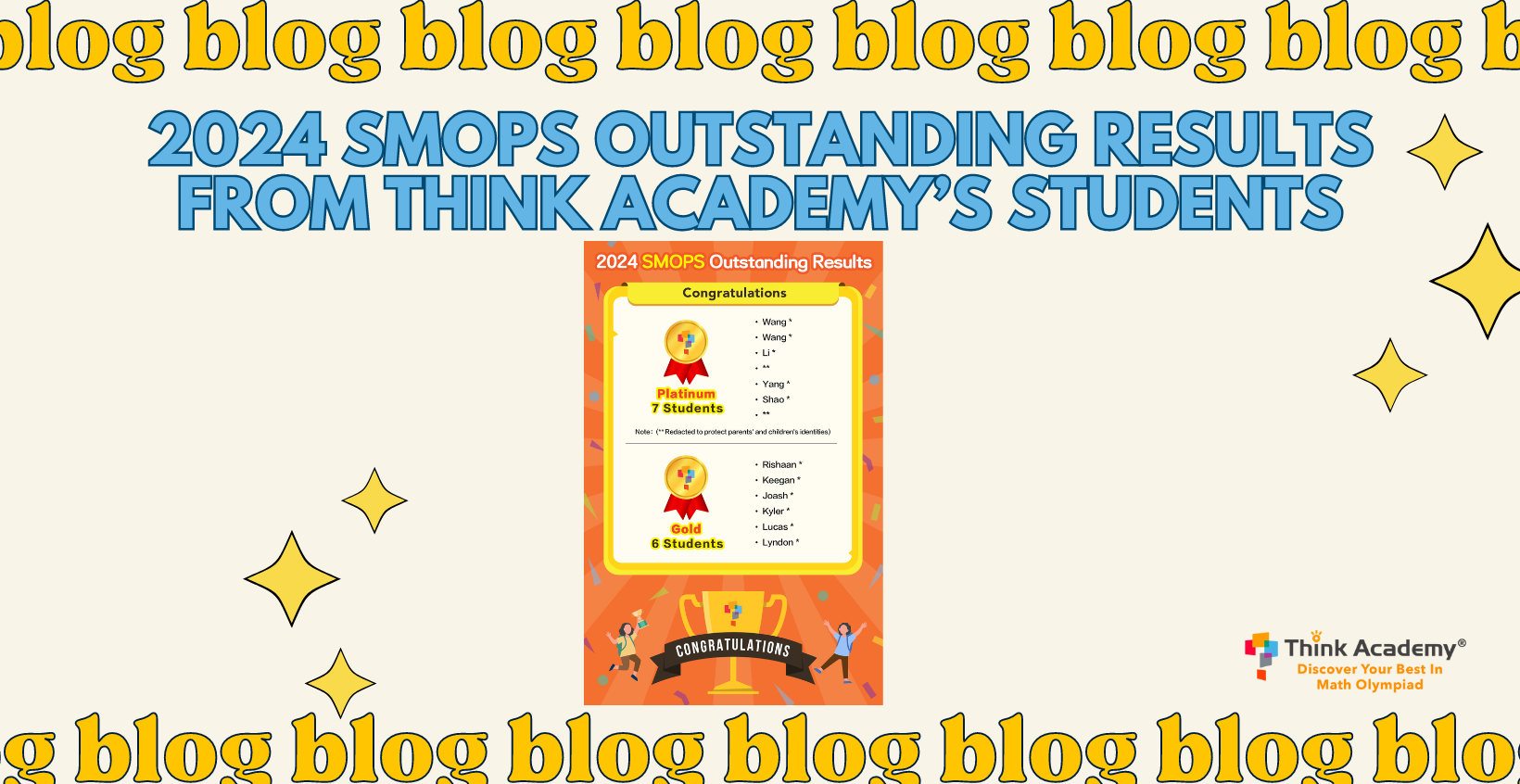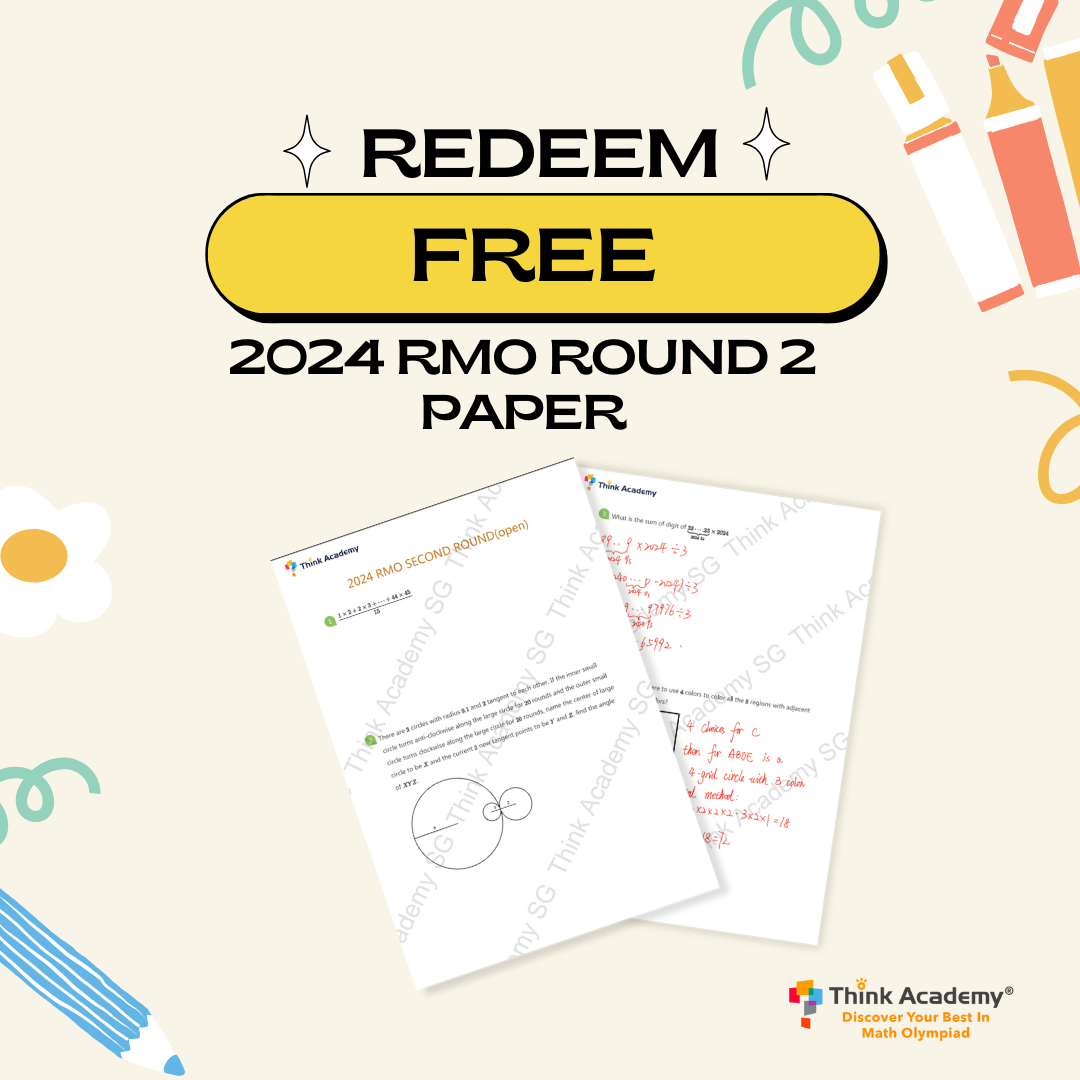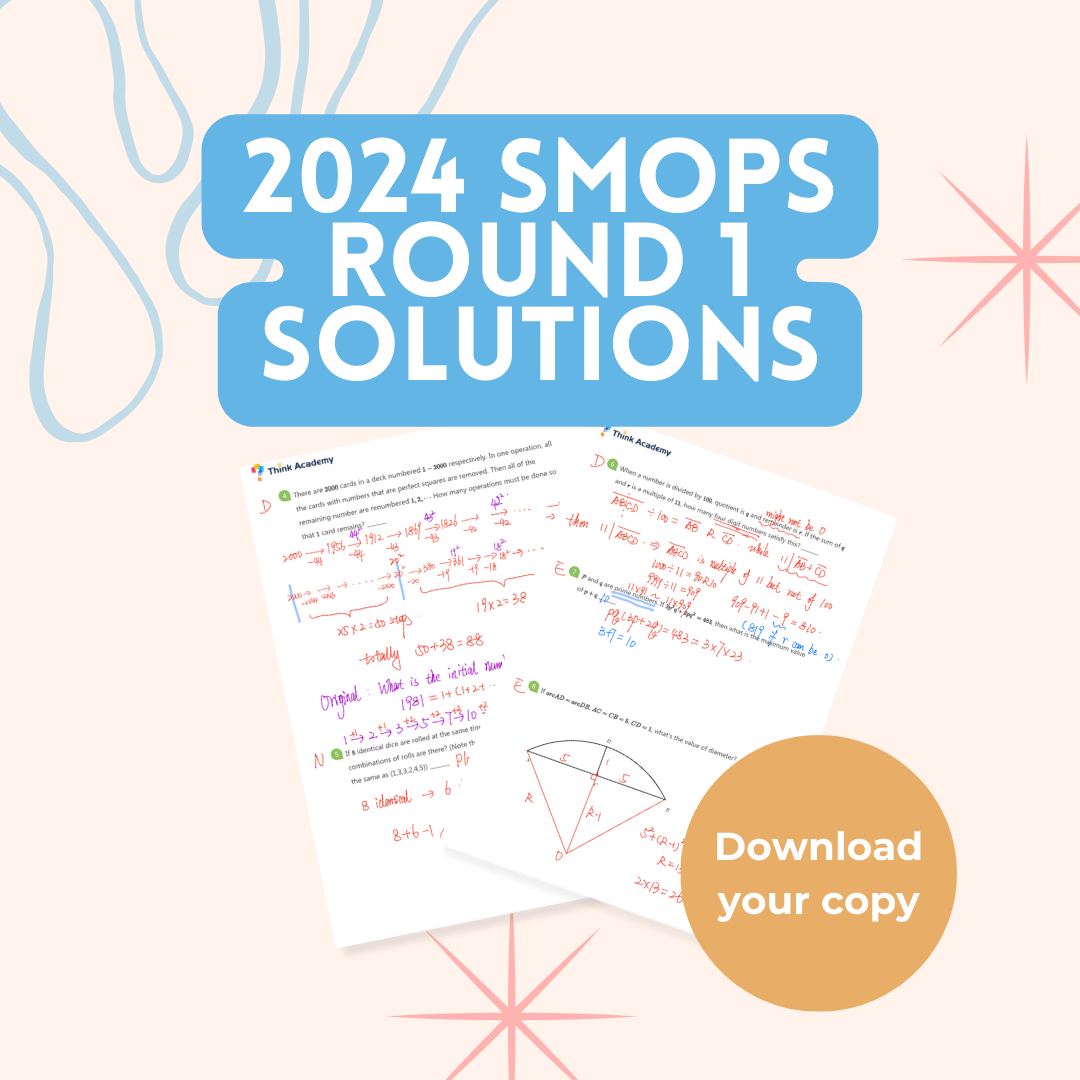Our 6-Step Teaching Methodology
What makes a good lesson?
It is a teacher’s countless hours of learning and teaching experience. It is decades of learning and firm belief in educational philosophy.
In Think Academy Singapore, our teaching process consists of 6 steps, of which the Concrete-Pictorial-Abstract approach is incorporated in our lesson execution.

6-Step Teaching Methodology – Closing the learning loop for students
Step 1: Lesson Preview – Warm-up Activity
Before the start of every class, teachers will give students some practice questions as warm-up. These warm-up exercises, in turn, helps students to gain an understanding of the relevant topic.

“Before the start of every class, we communicate very clearly with parents the lesson requirements so that every child is prepared for the day’s learning,” shared Sarah, our Senior Teacher.

Step 2: Experiential Learning- The Golden 1.5 hour
The experiential learning creates a powerful student-teacher interaction and relationship, essential in creating a positive learning experience and a close learning loop for students.
Through an engaging storyline and interactive practice sessions, teachers are no longer sages on stage but a guide on the side. The interactive storyline inspires students to be curious and dig deeper while the online technology allows students to answer questions in real-time. Consequently, this allows students to receive timely feedback as they follow the teacher’s lesson with great interest.
“Through this process, children take the lead in knowledge discovery,” said Teacher Olivia, Think Academy’s award-winning teacher.

Step 3: Learning through the Experiential Way
Students’ attention is a precious commodity. This is why the foundation of each topic is taught in the first 60 minutes of the class and further solidified through the application of knowledge points.
“After 30 minutes, challenging questions are explored in increasing difficulty level,” said Teacher Olivia. As the difficulty level of the questions increases, students are given ample opportunities to adapt difficulty and gain a sense of accomplishment.”

Step 4: Take Home Assignments
For children, the benefits of a High-Performing Classroom is to instil a sense of curiosity in math and develop their problem-solving skills.
“I will encourage children to use Mathematical Heuristics to express themselves to build good problem-solving habit, which is more applicable to life.” said Teacher Sai.

Step 5: Regular reviews – 4:1 ratio
Knowledge retention for children follows the Ebbinghaus’s Forgetting Curve. According to the theory, children retain only 90% of the knowledge in class, while only 50% of the memory is retained by the second day. Content that are not revised for more than a month are easily forgotten. Students are guided to revise topics and knowledge points on a regular basis, fostering a positive study habit.
Teacher Apple said that for every 4 classes, students are given an in-class test of 10 questions so that students can practice regularly to consolidate their knowledge.

Step 6: 1 to 1 Communication
“I will privately contact each child’s parents, which is an integral part of my job.” Teacher Sai explained that she will categorise students into 2 groups, one of which are the students who are highly engaged and the other group of students are generally quieter.
Sai also shared that for the first group, the communication involves sharing about the student’s participation in class and rendering support through one-to-one communication.

“For students who are generally quieter, I promptly check in with the students to ask them if they like the class and make sure that they are able to keep up with the pace.”
The 4 Big Factors – Closing the learning loop in the classroom
The content and structure of the lesson makes up the entire learning loop in the classroom.

1. Lead-In
The first 20 minutes of the class is critical in capturing the attention of the students. Teachers use interesting stories and experiments to pique children’s interest surrounding the essential knowledge points and concepts.
Teacher Apple shared that when she first started teaching Venn Diagram, she showed children two overlapping circles and had them look for something on the table that can be placed in the intersection. While it might seem irrelevant, this exercise allows students to contextualise and make an abstract concept more tangible.
2. An Immersive Online Experience
Growing up in a digital world where phones and laptops have become ubiquitous, features such as interactive whiteboards and live stage is something that we have incorporated in our technology.
Our technology was developed to preserve the authenticity of real-time interaction with students.

“For example, we allow children to draw on stage to teach on the top of geometry in Math class. Children can earn points, open treasure chests and give virtual gifts to teachers when they have completed their mission. Scores are tabulated to assess each child for us to identify weaker and stronger learners.
3. In-class test
To help children understand how to apply concepts, repeated practice is essential. The Feynman Technique is a method of learning that forces learners to develop deep understanding through a four-step process, one of which involves identifying and filling knowledge gaps.
During Think Academy’s classes, teachers use in-class exercise to determine students’ mastery of the topic. Children who have poor grasp of the concept will be helped individually after class.

4. Summary – Knowledge Mastery
Children’s cognitive development evolves as they age. Children ages 6 to 12 years old develop the ability to think in concrete ways. This means that abstract concepts need to be demonstrated.

“For the concept of remainder, animals such as rabbits and cats are used to help children think about the number of animals remaining in the cage,” said Apple.
Supporting the students with care
If you have managed to reach the end of this article, you would have understood the six-step teaching methodology of Think Academy Singapore. Underpinning our teaching methodology is our core value – love. Every child is unique and requires personalised learning and attention.

“I have a habit of recording down some of the thoughts that the students shared with me as it gives me a different perspective on life.
As for me, educating a child is like shaping their future. Even though, I am only here with them for a short period of time, I want to give them my best and share my knowledge with them,” said Teacher Apple.
For children, the classroom is where they acquire knowledge, and more importantly, broaden their perspectives, establish positive learning habits, and learn problem-solving skills.
Interested to find out more on how your child can join Think Academy’s courses? Find out more about our courses by speaking to our Education Specialist via Whatsapp.




